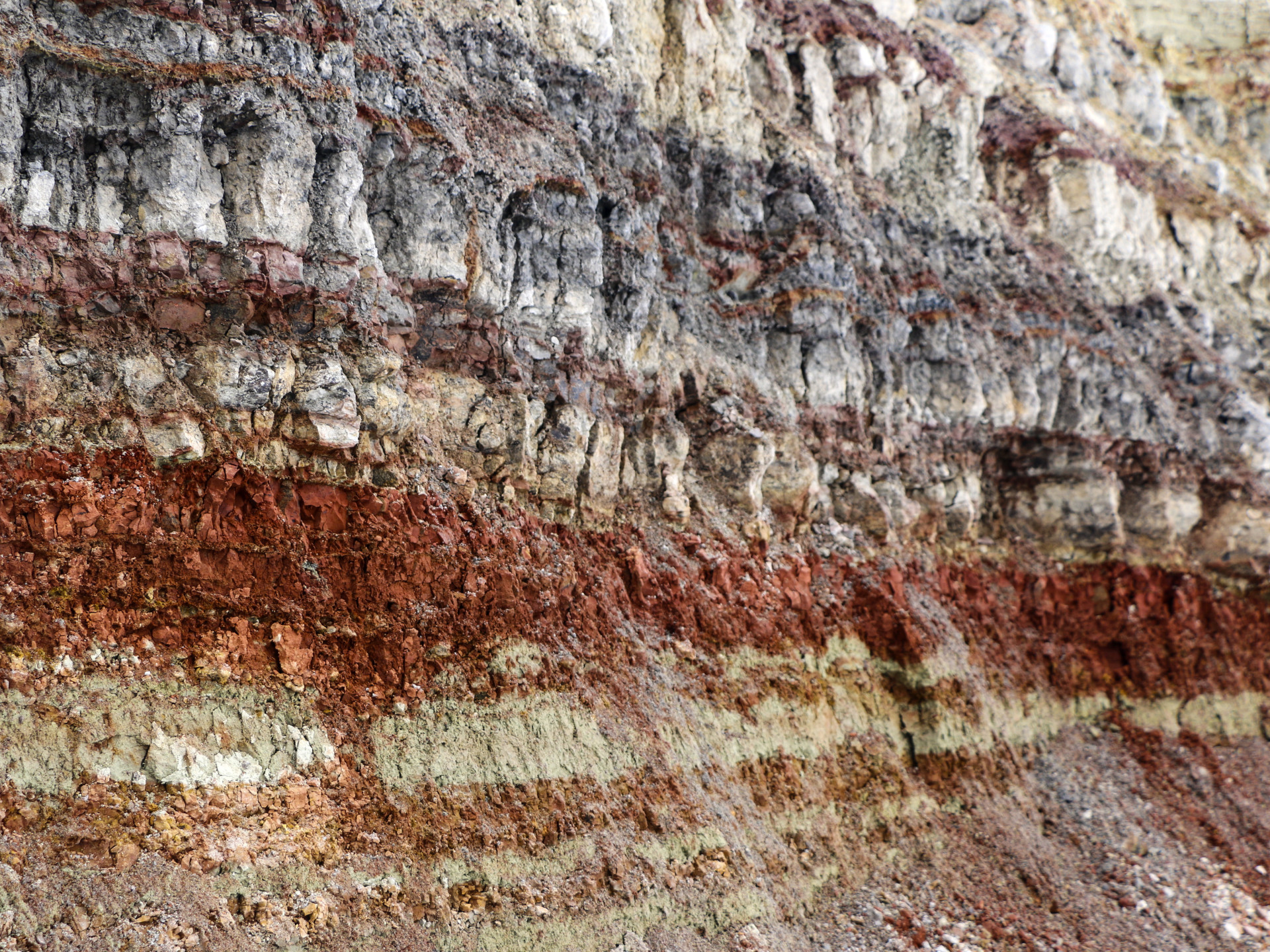Potential and integration of underground storage solutions


Participating centers: GFZ, KIT, HZDR, HEREON
Contact information: David Bruhn, Eva Schill, Uwe Hampel, Martin Dornheim
With the conversion of the energy system from fossil fuels to renewable energies, energy storage is becoming increasingly important. However, large amounts of energy can only be stored in the geological underground. Salt caverns have traditionally been used to store natural gas and have therefore been well studied. However, their availability is limited locally. Porous systems made of rock, which are suitable for conveying and releasing groundwater (aquifer systems), are much more common. They would make gas and heat storage possible in many parts of Germany. The theoretical storage potential of the subsurface clearly exceeds the currently forecasted demand. The planning and designing of distribution networks provides the opportunity to not only connect sources and storages but also to align geologically favorable criteria with economic and social aspects.
The project therefore evaluates the technically and economically feasible potential from different perspectives. In detail, Project 3 looks at two different storage options with very different effects on the reduction of CO2 emissions:
- storage and provision of heat/chill in urban areas, and
- storage and re-use of CO2 and H2.
It also evaluates underground processes that may cause restrictions and the efficiency of the available technical components.
